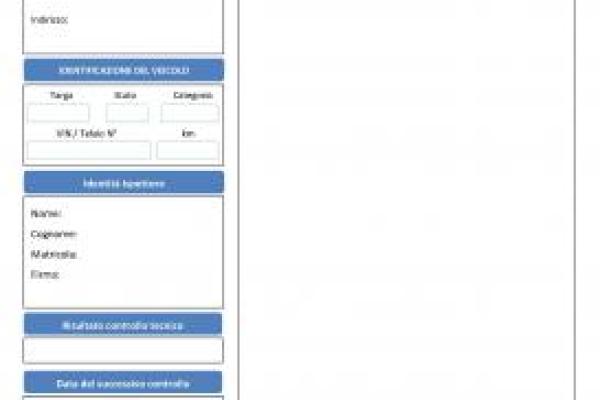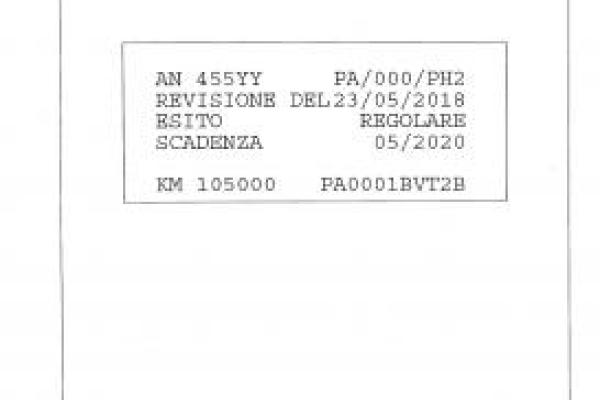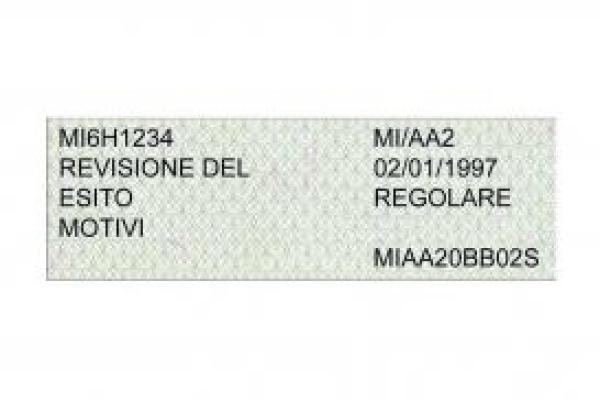General information
General overview
If a vehicle has passed the roadworthiness test, the Motorizzazione Civile (Vehicle Licensing Office) and specialised centres issue a roadworthiness certificate, which contains the test results. A label containing the test result is also issued which must be attached to the vehicle registration certificate. Since 2018, the proof of test has included the expiry date and the vehicle kilometre reading.
Test frequency
|
Categories of Vehicles (or description) |
First mandatory test |
Subsequent tests (frequency) |
|
M1, N1, L, O1, O2 |
Within four years after the date of first registration |
Every two years |
|
M1, N1, L, O1, O2 used as taxis, ambulances or vehicles hired out with a driver |
Within one year after the date of first registration |
Every year |
|
M2, M3, N2, N3, O3, O4 |
Within one year after the date of first registration |
Every year |
Exemptions: None provided
T5 is missing. Please add or explain.
Responsible authorities
Roadworthiness certificates are issued by the Provincial Offices of the Ministry of Infrastructure and Transport and, for vehicles up to 3.5 tonnes, private workshops authorised by the Ministry of Infrastructure and Transport.
Websites
www.mit.gov.it (Italian)
Major changes
As of 2003, the frequency of periodic roadworthiness tests for category L vehicles is the same as for category M1 vehicles, under the provisions of the Decree of the Ministry of Infrastructure and Transport of 29/11/2002. As of 20/05/2018 and by 2020, the frequency of periodic roadworthiness tests for category O1 and O2 trailers are being aligned with the provisions of Directive 2014/45/EU, under Decree no. 214 of the Ministry of Infrastructure and Transport of May 19th 2017.



